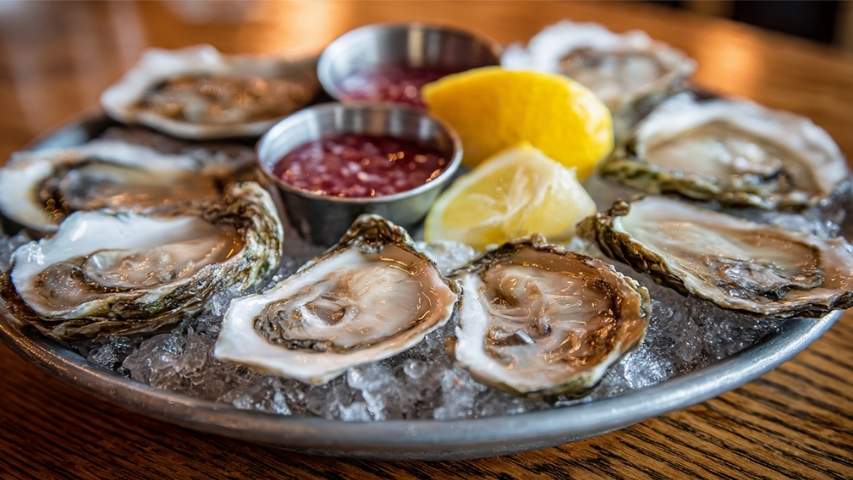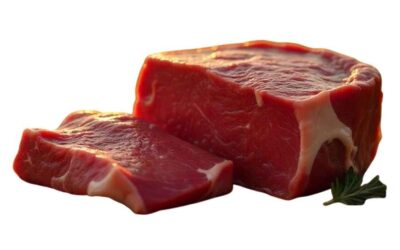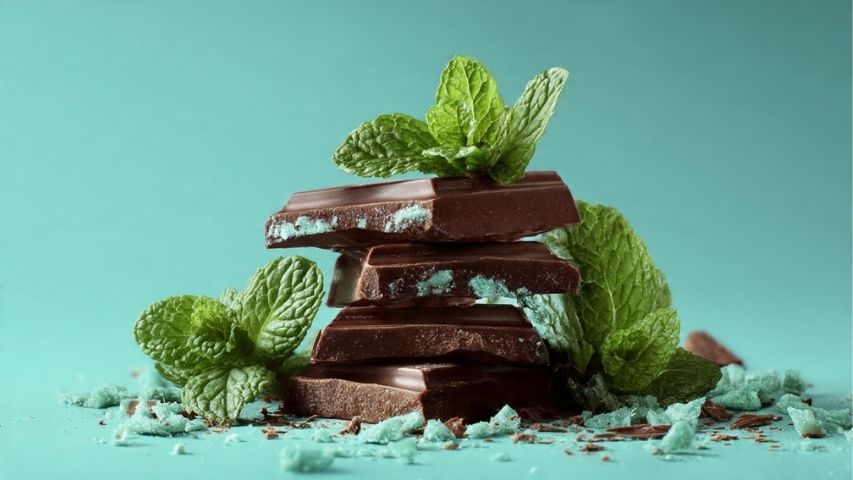Mint chocolate is a flavor that sparks strong opinions. Some people find it refreshing and sophisticated, perfect for cleansing the palate after a meal. Others think it tastes odd, comparing it to eating chocolate after brushing their teeth. This split has made mint chocolate one of the most debated flavors in food.
So where did mint chocolate come from? Its story takes us through culinary history, starting with its use in medicine and ending with its place as a popular sweet. This article looks at how mint and chocolate first came together, how the flavor became popular, and why people still disagree about it.
By understanding its history, we can appreciate how this simple blend of cool mint and rich chocolate became a cultural phenomenon. Whether you’re a devoted fan or a staunch opponent, the story behind mint chocolate offers a glimpse into how our tastes evolve and how food can become a surprising source of passionate debate.
A Brief History of Mint and Chocolate
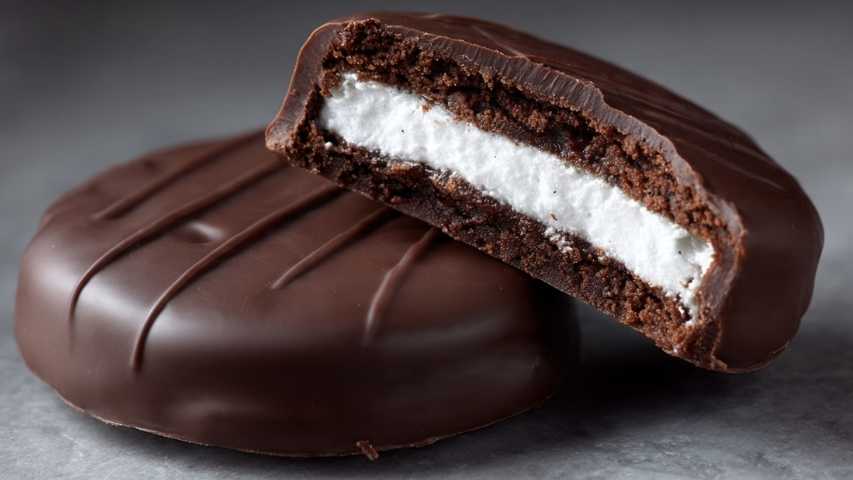
Long before they were combined, both mint and chocolBefore they were ever mixed, mint and chocolate had their own stories. People have used mint for centuries in many cultures, valuing it for its healing qualities and fresh scent. The Romans and Greeks put mint in their baths and food, thinking it helped with digestion and made breath fresher. The cacao bean was considered a gift from the gods. The Mayans and Aztecs consumed it as a bitter, frothy drink, often mixed with spices but never with sugar. It wasn’t until chocolate arrived in Europe in the 16th century that it was sweetened and transformed into the indulgent treat we know today. For a long time, these two ingredients existed in separate culinary spheres.
It took a long time before anyone thought to mix mint and chocolate. The first known example was in 1940, when the York Peppermint Pattie was introduced. (York Peppermint Pattie, 2025) This candy, with dark chocolate on the outside and cool peppermint inside, was something new. The mix of strong chocolate and fresh mint created a taste that many people enjoyed.
The Royal Seal of Approval

While the York Peppermint Pattie introduced the flavor to the masses, mint chocolate truly entered the spotlight in 1973. That year, a culinary student named Marilyn Ricketts entered a competition to create a new dessert for Princess Anne’s wedding. Her creation, named Mint Royale, was a mint chocolate chip ice cream that won the contest. (Kirsch, 2023)
This royal endorsement propelled the flavor into mainstream consciousness. Suddenly, mint chocolate chip ice cream began appearing in parlors and grocery stores. After this royal approval, mint chocolate chip ice cream started showing up in ice cream shops and stores across the UK and later in the US. (Kirsch, 2023) Its pale green color with dark chocolate pieces became a classic look. This moment changed mint chocolate from just a candy flavor to a well-loved dessert. a popular after-dinner treat in restaurants. The Girl Scouts introduced Thin Mints, which quickly became one of their best-selling cookies, further cementing the flavor’s place in popular culture. (Thin Mints Are The Girl Scouts Cookies With A Nearly 100-Year-Old History, 2024)
The Great Mint Chocolate Debate

Despite its widespread popularity, mint chocolate has always been a divisive flavor. The central point of contention lies in its unique taste profile. Proponents praise the refreshing quality of the mint, which cuts through the richness of the chocolate, creating a balanced and sophisticated flavor. They often describe it as invigorating and palate-cleansing.
But critics think the mix is strange. The biggest complaint is that it tastes like “chocolate-flavored toothpaste.” Since peppermint is common in toothpaste, some people find it odd to eat it with something sweet.
Genetics might also affect how people feel about mint chocolate. Some studies say that differences in taste receptors can change how we taste certain flavors. Some people are more sensitive to the cool feeling from mint, which can make the mix with chocolate less enjoyable for them. (Genetic variation in taste perception: does it have a role in healthy eating?, 2010, pp. 585-589) This could be why people have such strong opinions about the flavor.
A Modern Confectionery Staple
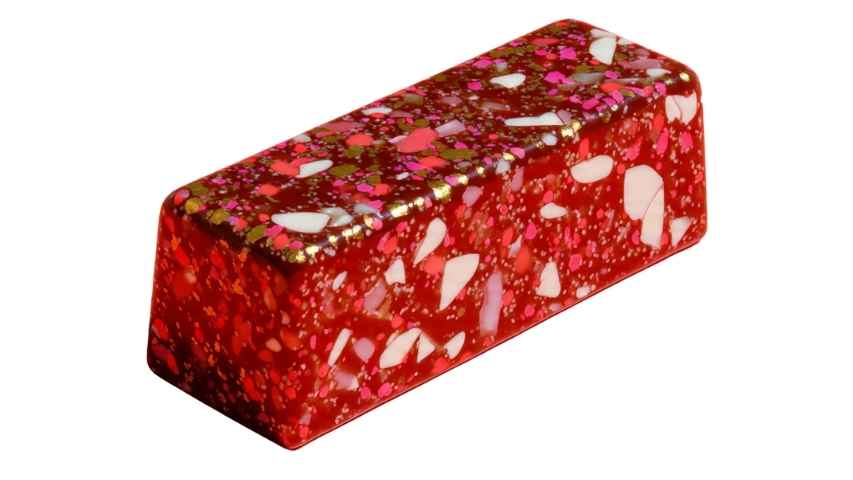
Regardless of the ongoing debate, mint chocolate is here to stay. It has become a staple in the confectionery world, with countless variations available. You can find it in everything from hard candies and gourmet truffles to protein bars and coffee creamers. Seasonal offerings, like peppermint bark during the holidays, have become beloved traditions.
Candy makers keep coming up with new ways to use mint and chocolate together. For example, Candy Nation sells many kinds of mint chocolate treats, such as:
- Andes Mints: The classic after-dinner mint with a layer of mint between two layers of chocolate.
- York Peppermint Patties: A soft peppermint center coated in dark chocolate.
- Chocolate Filled Mint Twists: A hard mint candy with a creamy chocolate filling.
- Gourmet Chocolate Mints: Pastel-colored mints with a thin candy shell and a chocolatey center.
The lasting popularity of these candies shows that many people think mint and chocolate are a perfect pair. The flavor is both fresh and rich, making it stand out.
More Than Just a Flavor
Mint chocolate’s history is about more than just mixing two flavors. It shows how food trends start, how culture can make a flavor popular, and how personal taste can lead to strong opinions. From its start as a new candy to its royal approval and rise in popularity, mint chocolate now has a special place in our food culture.
Next time you eat mint chocolate chip ice cream or have an after-dinner mint, you’ll know the story behind this debated but loved flavor. Whether you enjoy it or think it tastes like toothpaste, its path from a student’s idea to a worldwide favorite shows how creative food can be.












